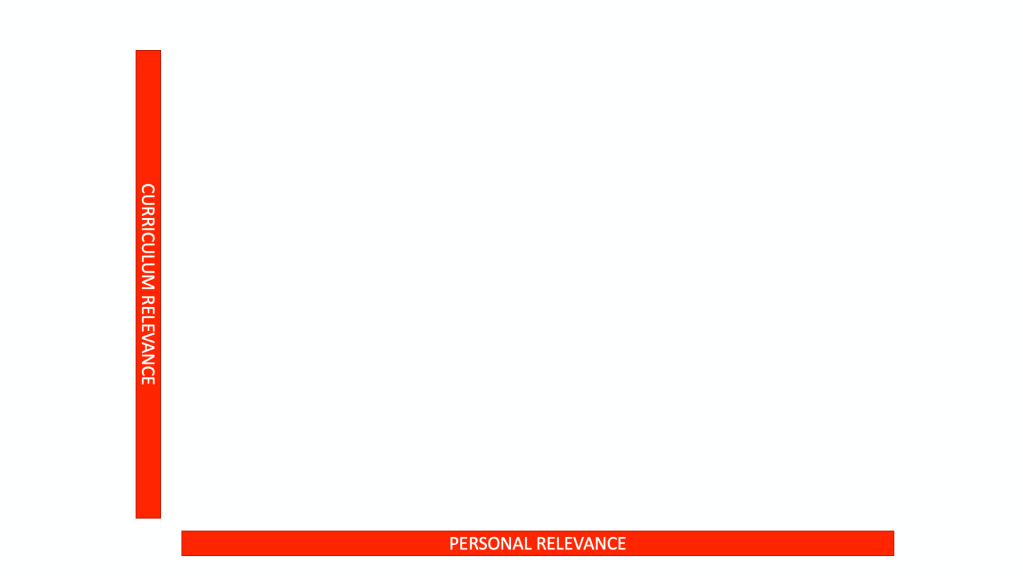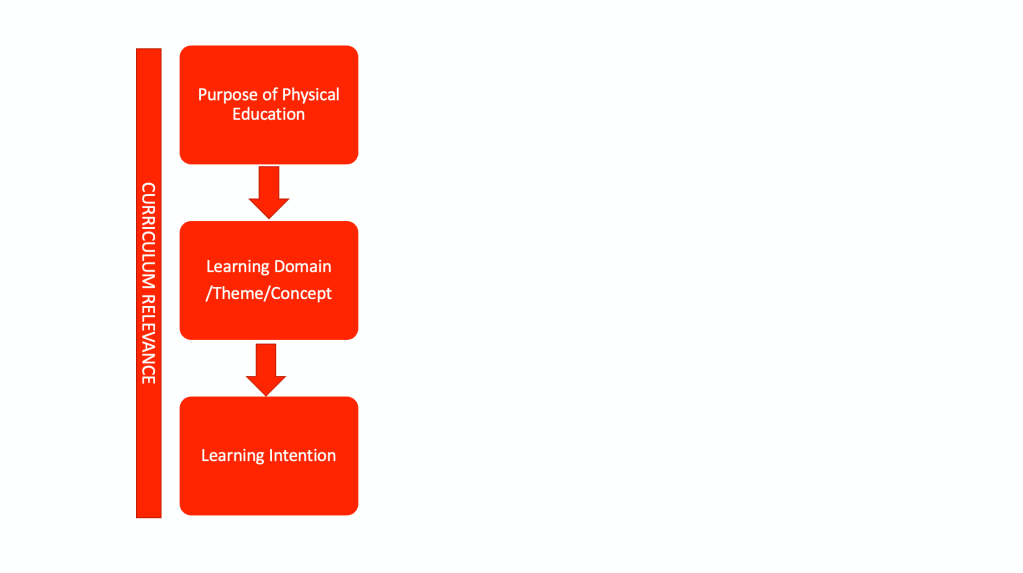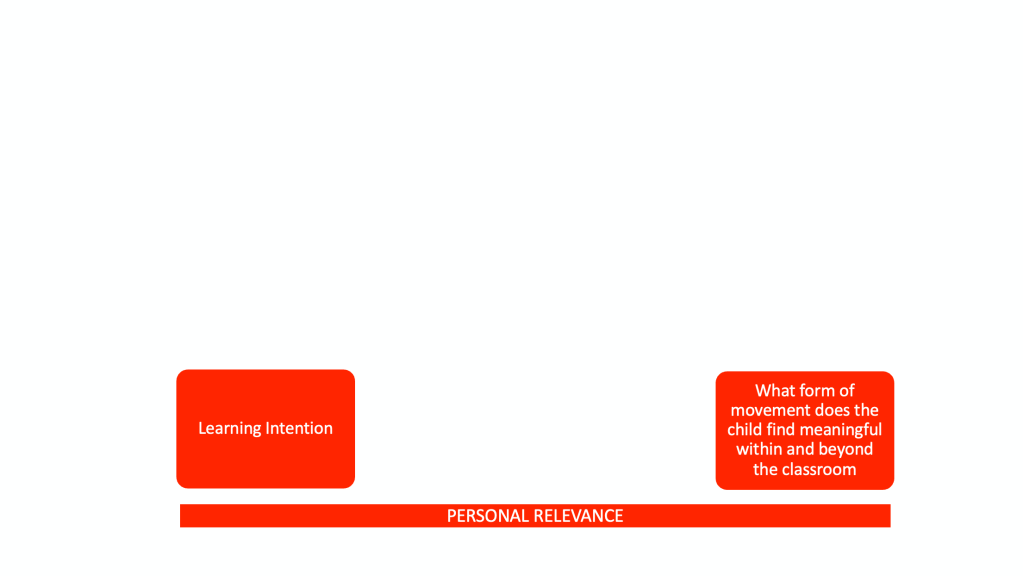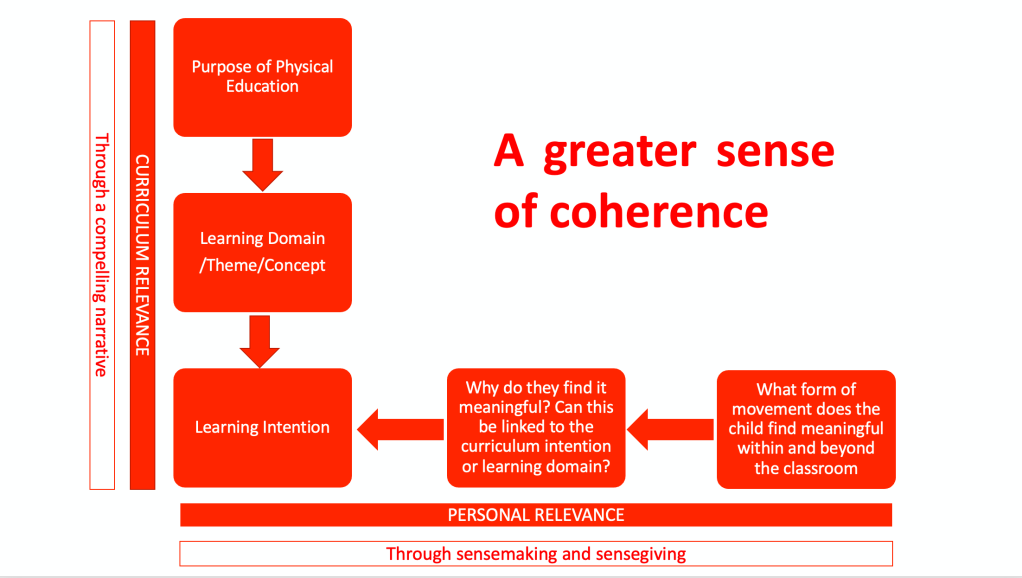
When children turn up to PE we may not inform them of the learning intention and explain why that learning intention is valuable. If this happens our subject can seem to lack coherence. This makes it both harder for teachers to teach and for children to learn and see PE as valuable in their education. What is coherence though? I take inspiration from the meaning in life literature. Martella and Steger (2016) explain that coherence (as a facet of meaning in life) is a cognitive component. It is about making sense of our lives, the experiences in our lives, and the world in which we live in. Coherence is a feeling of understanding that these elements make sense to one’s self. Huta (2017) agrees that coherence is a sense-making element of meaning. There is meaning if there is organisation, clarity and coherence and they hang together in a way that makes a compelling story or narrative. This means for PE to have coherence we need to support children to make sense of it, their experiences within in it and its relevance in their lives by acting as sense-givers.

To help children develop a sense of coherence within PE, we must look to develop both curriculum and personal relevance to what they are learning and doing.

Informing the pupils of the learning intention is a simple but vital step to building coherence within PE. However on its own, children can still be lost about the role and value of PE in their education.

A common answer to “why are we learning this?” in a PE lesson is to get better at the activity they are participating in. PE then becomes a series of random and disconnected learning experiences, often about traditional team sports.

The purpose of PE becomes (either implicitly or explicitly) about tasting lots of different sports and activities, in the hope that a child will enjoy one and look to participate in it beyond lessons. This could mean that for the majority of the learning time there is a lack of both curriculum and personal relevance.

To develop coherence through curriculum relevance we must have a well thought out chain of reasoning from purpose, to learning domains/themes/concepts to lesson learning intentions.

The challenge for all members of a PE Dept. is that at anytime, in any lesson, they can provide a compelling narrative between lesson intention and curriculum intention. Additionally that narrative is shared with and understood by the whole school community.

However coherence in PE isn’t achieved solely through curriculum relevance, but also through personal relevance. This is where children can see what they are learning in the curriculum is relevant to their lives beyond, both in the present and potentially the future.

To do this there needs to be time, space and a positive-social supportive environment where children can reflect. The focus of this reflection is to help them elaborate what they like and dislike about their movement experiences and what forms of movement they might engage in beyond school.

If children in PE can be encouraged and supported to elaborate what they do and make explicit what they like and don’t like with regards to physical activity, then the PE teacher can attempt to help them make links to the curriculum intention.

From there discussion and conversations can be had about how either the learning intention, the learning domain/theme/concept or the curriculum intention might enhance or support what they enjoy doing outside of school or provide capabilities to seek out new opportunities.

Ongoing reflection, dialogue, discussion that allows for connections to be made between what a child might enjoy engaging in outside of PE and what is being learning inside of PE can enhance personal relevance. This process of sensemaking and sense giving contributes to a greater sense of coherence.

One way that coherence in PE, and therefore its value, can be improved is to develop curriculum relevance through a compelling narrative and develop personal relevance through ongoing sense-making and sense-giving. This in part having well thought out reasons why something is being learnt and linking that learning to the lives, interests and activities that children and young people have beyond PE.

2 thoughts on “How can we attempt to create a greater sense of coherence within PE?”